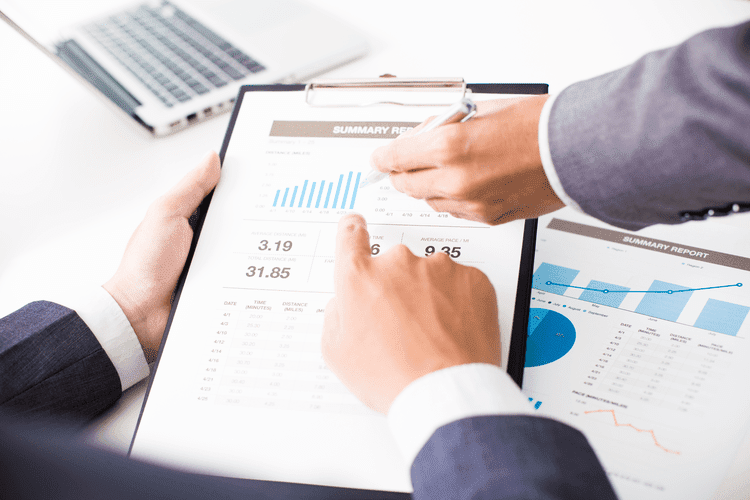
A balance sheet is one of the primary statements used to determine the net worth of a company and get a quick overview of its financial health. The ability to read and understand a balance sheet is a crucial skill for anyone involved in business, but it’s one that many people lack. Company or shareholders’ equity often provides analysts and investors with a general idea of the company’s financial health and well-being. If it reads positive, the company has enough assets to cover its liabilities. The Accounting Equation is a fundamental principle that states assets must equal the sum of liabilities and shareholders equity at all times.
Do you own a business?
- If splitting your payment into 2 transactions, a minimum payment of $350 is required for the first transaction.
- Company or shareholders’ equity is equal to a firm’s total assets minus its total liabilities.
- This is one of the most important leverage ratios as it shows a company’s financial liabilities in relation to its shareholder’s equity.
- Assets typically hold positive economic value and can be liquified (turned into cash) in the future.
- The impact of this transaction is a decrease in an asset (i.e., cash) and an addition of another asset (i.e., building).
- In all cases, net Program Fees must be paid in full (in US Dollars) to complete registration.
Creditors have preferential rights over the assets of the business, and so it is appropriate to place liabilities before the capital or owner’s equity in the equation. Taking time to learn the accounting equation and to recognise the dual aspect of every transaction will help you to understand the fundamentals of accounting. Whatever happens, the transaction will always result in the accounting equation balancing. Capital essentially represents how much the owners have invested into the business along with any accumulated retained profits or losses.
How we make money
- This is also why all revenue and expense accounts are equity accounts, because they represent changes to the value of assets.
- Take your learning and productivity to the next level with our Premium Templates.
- However, it can be improved by incorporating elements of being time-bound and measurable.
- No matter the leverage ratio you choose, it’ll indicate your business’s financial stability and stance on debt.
- Company equity is an essential metric when determining the return being generated versus the total amount invested by equity investors.
- The most liquid of all assets, cash, appears on the first line of the balance sheet.
Outline THREE likely consequences of privacy violations by this company. Section 232 of the Corporations Act is an important legal provision that allows for the protection of stakeholders’ interests and ensures transparency and accountability in corporate governance. It serves as a mechanism to address potential issues and investigate allegations of misconduct in order to safeguard the integrity of companies and maintain public trust in the corporate sector. Section 232 of the Corporations Act is a provision that empowers the court to order an investigation into the affairs of a company if it is deemed necessary to protect the interests of shareholders or the public.

How to choose an accountant: 5 tips for small businesses
The current portion of the long-term debt in this formula will be calculated by determining the number of payments owed within the calculation’s specified amount of time. For example, if you’re figuring out one year’s current liabilities, you would factor in 12 mortgage payments. It’s possible to create a simple balance sheet in Excel by reviewing the above liability types and including those relevant to your business.
What Is Included in the Balance Sheet?
The system assigns each tax return a score based on factors such as deductions, exemptions, and credits, and then the returns with the highest scores are flagged for review. The value of the shareholders’ equity account for this firm is $19,800. In some instances, you might be able to quantify less tangible assets, like your company’s positive reputation in your community or an individual employee who has specific expertise.
- That could be cash, tangible assets like equipment or intangible ones like your reputation in the community.
- In Option A, the company’s laboratory is inexperienced in running the Design Verification tests is a weakness in SWOT analysis.
- At this point, let’s consider another example and see how various transactions affect the amounts of the elements in the accounting equation.
- Balance sheets are one of the primary statements used to determine the net worth of a company and get a quick overview of it’s financial health.
- To calculate current liabilities, you need to add up the money you owe lenders within the next year (within 12 months or less) or within the business’ normal operating cycle.
- The Marketing Department Uses Social Media To Both Disseminate Company Information And Collect Information From External Sources.I.
Transaction costs and property rights have a direct influence on the role of courts in a nuisance case. If transaction costs are low and property rights are not well-defined, then the court must assign the rights to the party who faces the highest cost of avoiding or eliminating the nuisance. This is because, in such a situation, the market transaction method for acquiring property rights may not be the most efficient method. If transaction costs are low and property rights are not well-defined in a nuisance case, the purpose of the court is to assign the rights to the party who faces the highest cost of avoiding or eliminating the nuisance. This statement accurately describes the role of courts when transaction costs are low and property rights are not well-defined in a nuisance case.
Understanding the Core Components of the Accounting Equation

For example, if a company takes on a bank loan to be paid off in 5-years, this account will include the portion of that loan due in the next year. This number is the sum of total earnings that were not paid to shareholders as dividends. It can be defined as the total number of dollars that a company would have left if it liquidated assets liabilities equity formula all of its assets and paid off all of its liabilities. These assets also help investors with long-term investment strategies, such as wealth-building or retirement. Retirement might be years away, so investors may not need to sell these assets in the near future, setting them up for a potential profit down the road.
Statement of Owner’s Equity



